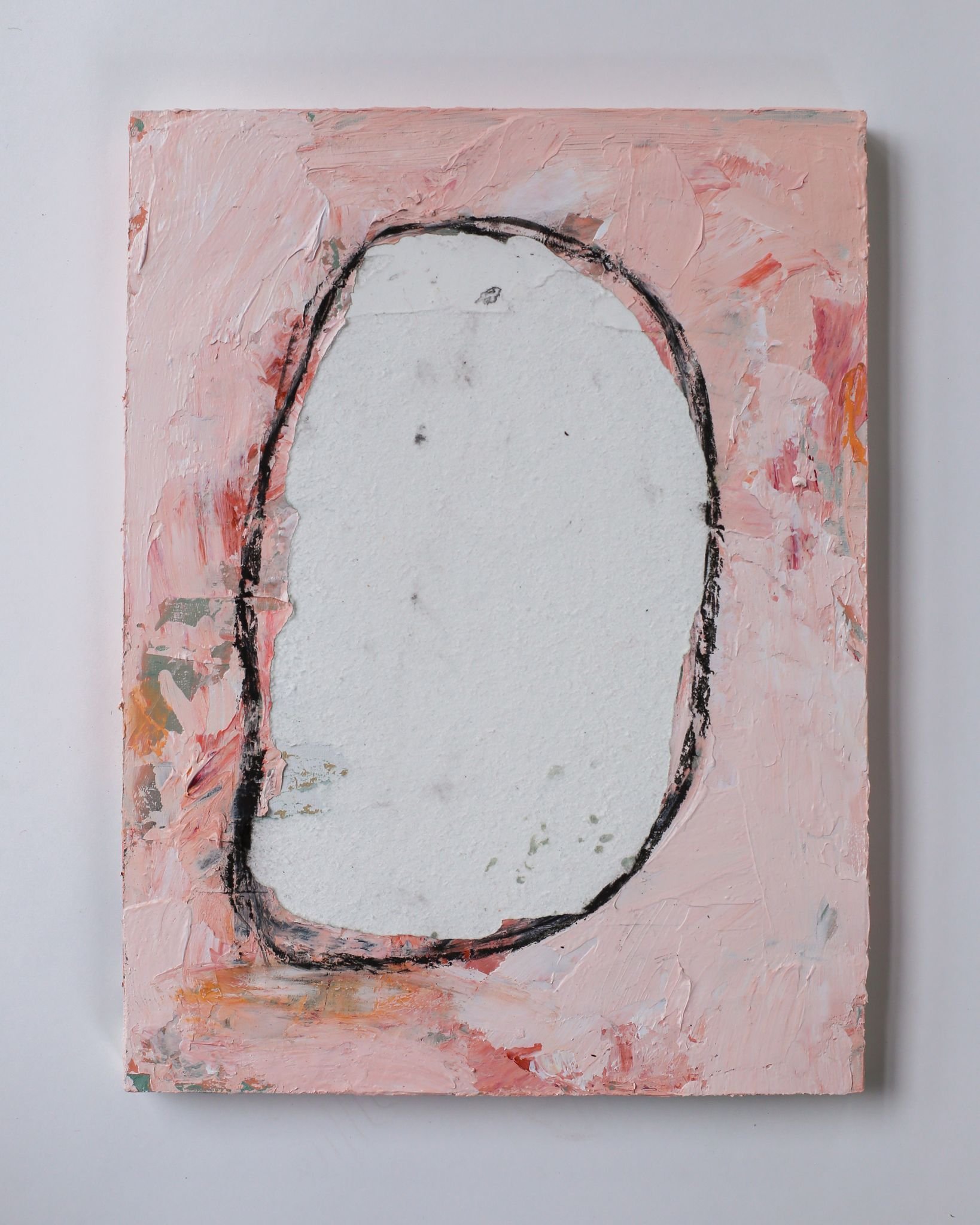the impermanence of art
When I was teaching, one of my favorite units to share with my kindergartners was the one on Tibetan monk’s sand mandalas.
The monks worked for sometimes months on end to carefully create these intricate sand-laid works of art.
The community would gather to enjoy them upon completion, and they’d host a dissolution ceremony where the monks used broom and dustpans to literally sweep up the work and toss it in a nearby creek.
A reminder that everything comes to an end, and the point is not in any one stage of the process but the whole of it.
I was curled up in bed the other afternoon when it hit me—selling and buying art is our version of sharing in the sand mandala.
It’s a contract to witness and appreciate and share in and (one day) to let go this beauty and connection that we've shared. Because even the most beloved works of art will one day be passed on to someone else.
This is a celebration choice to accept and appreciate and collect artwork and moments and friendships and great loves because they are fleeting (and not just in spite of it).
“all the joy available in the here and now,” acrylic, mat medium, chalk pastel, and archival paper on 9x12 inch birch, 2021-2022




